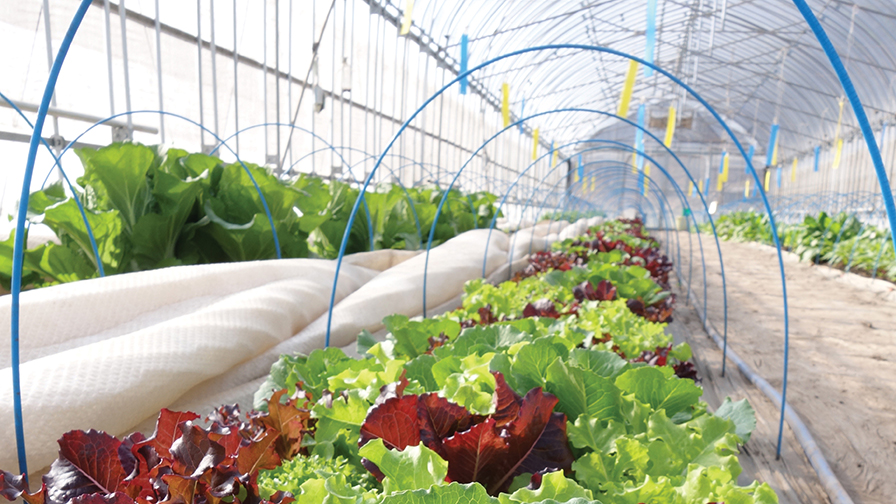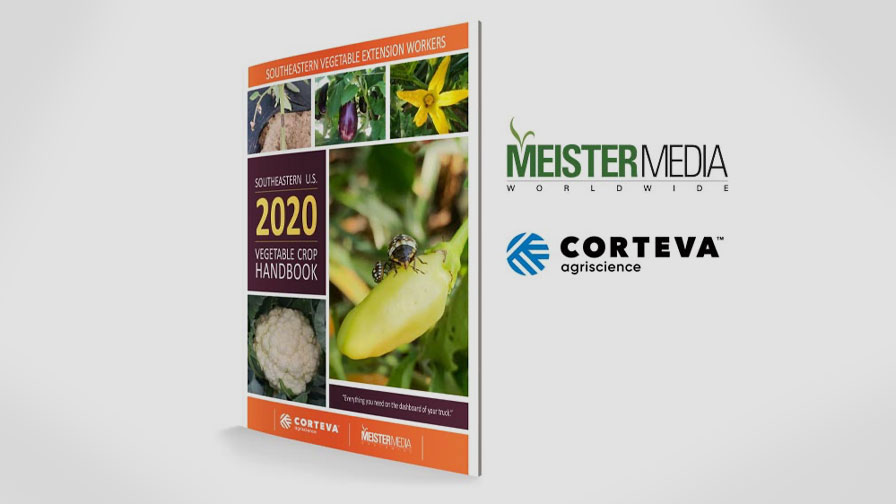How COVID-19 Is Affecting Greenhouse Vegetable Growers
This is a crazy year. I really miss traveling. I can’t even remember how many conferences, speaking engagements, and leisure travel trips have been canceled this year. At this point, I am turning down future requests to travel to meetings or speak to groups because they will most likely have to be canceled anyway.
Vegetable producers are having more dire problems. As with field-grown vegetables, greenhouse producers made numerous adjustments to their growing, marketing, and selling system so their business could survive during the COVID-19 months of 2020.
With no clear signal this coronavirus is letting up soon, we need to learn from what happened this year. We may have to use some of these lessons next year as well.
I’ve talked to several in the greenhouse vegetable industry. I’ve heard a mixed bag of successes and failures, creativity, and demise. Some have adjusted and found a way to survive and even thrive, while others can barely hang on.
Connections and Disconnects
One small grower said he lost 95% of his produce. He suddenly had nowhere to sell his tomatoes, mushrooms, and other vegetables when COVID-19 hit. As stores and restaurants shut down, this was a common theme. To make matters worse, his claim with the Farm Service Agency based his losses on field-grown tomato yields. We all know that yields from the field are only a fraction of what can be harvested from the greenhouse.
Caught off guard on March 12 with restaurant closures, one grower quickly turned to charity and donated produce for about three weeks. Food banks and soup kitchens for the homeless were very appreciative since they normally get non-perishable food items – boxes and cans. This time they had fresh, healthy lettuce and other vegetables to serve to their clientele.
To help further, a local trucking company donated the use of a refrigerated trailer, and another company left a freezer trailer so that food kitchens could safely store food.
After the first three weeks, when grocery stores were cleaned out, grocery store sales actually went up.
Growers Got Creative
Another new outlet for sales for this grower were produce stands, small neighborhood grocery stores, corner markets, and open-air markets. Since many saw open-air markets as a safer place to buy produce than inside grocery stores, those businesses did very well.
Adding to the creativity process was the implementation of a drive-through vegetable pickup right at the greenhouse. This was active once per week for three months. Eventually some restaurants opened and resumed purchasing fresh, greenhouse-grown vegetables.
Another new venture was developing an online, prepaid, virtual-sales store. By adding in other products from other area producers, this grower was able to aggregate sales and make purchases easy for customers by paying online and picking up at the greenhouse.
Some additions to these sales were potted vegetable plants, salad dressings, pickles, field-grown vegetables from other growers, and even beef. This is how they made it easy for the customers to shop, pay, and pick up without even getting out of their vehicles.
Influx of New Small Growers
For sales of greenhouse supplies, one supplier claimed to be busier now than in recent years. There was already an increase in greenhouse growers before the pandemic, but with more time on their hands (working from home or just out of work), a new surge of growers made the decision to start up in greenhouse production. Some of these new customers may be “preppers” — those who are seriously afraid of massive food shortages. Others are just “back to the land” types who want to be able to grow their own food.
There were some shortages of greenhouse items that come from China and India, such as coconut coir, irrigation stakes, and plastic products. Some things are still on back order.
It’s of ultimate importance that during these times, producers follow strict cleanliness rules about hand washing, wearing gloves, and being aware of symptoms among employees. Wear your mask! This is the only way we’ll all get through this together.
Let’s hope next year is better. Stay healthy.
Comments? Submit one below or drop me a line.











